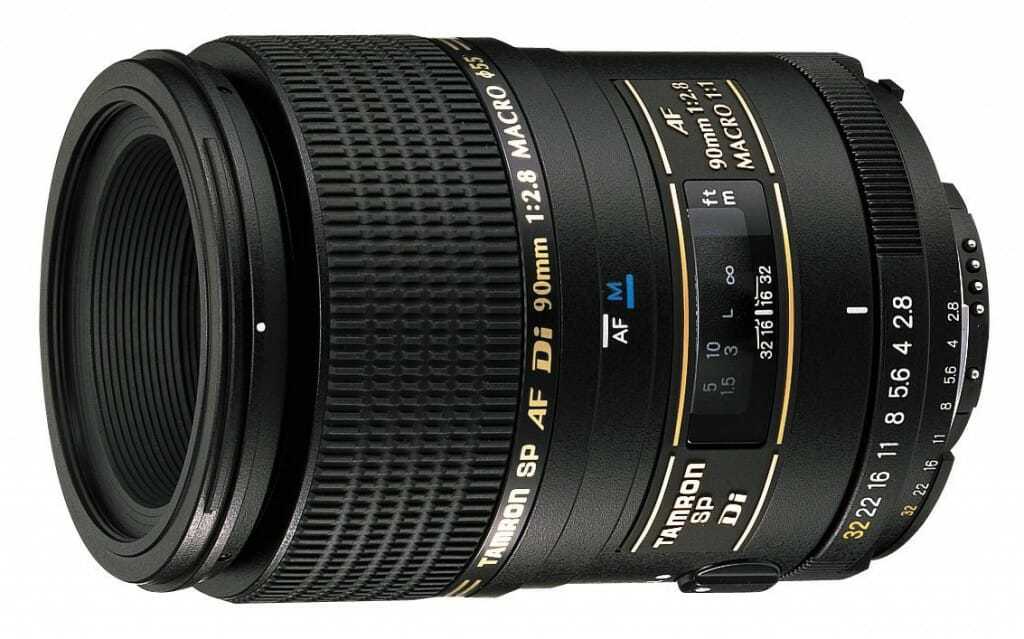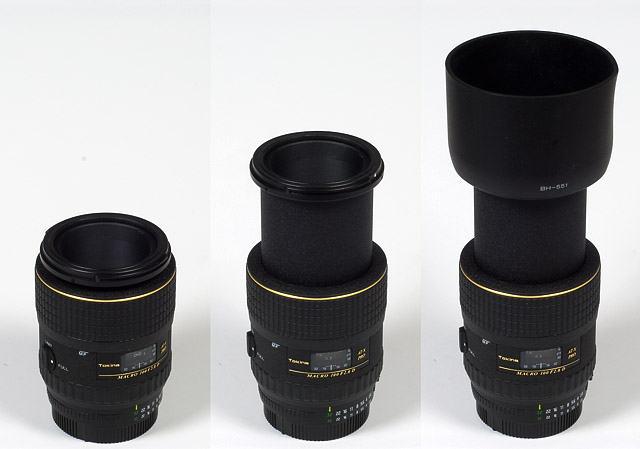


At 540g it is light enough that is doesn’t make you tired when handholding. I shot the lens on a Canon 5Dmk3, a 1Dmk4, 1Dmk3 and a 7D. Tokina AT-X 100 Macro, Canon 1Dmk3, lens hood removed. When the lens is focused on subjects that are nearer, the front element extends (but does not rotate).
#TOKINA NIKON MACRO LENS MANUAL#
Placing the camera on a tripod, and using live view on the rear screen, combined with manual focus, will produce startlingly sharp results. Switching between the two focus modes is effortless on this lens, and when in manual focus, the wide focus ring turns smoothly and makes accurate manual focus easy. Most macro shooters, myself included, prefer to use manual focus. Focusing at close distance though, takes really steady hands, and it can be frustrating. However, it is accurate enough for general-purpose use, and is also effective for handheld macro work. Autofocus on the Tokina is driven by a motor that is a little noisy, and autofocus is not overly fast. This system is easy to use, even with cold hands or with gloves on. If the gears do not align properly, it may be necessary to turn the ring slightly until they do, and the collar will then slide back or forward easily. One merely slides the focus ring back toward the lens mount to disengage AF. In use the One-Touch clutch for switching from AF to MF is easy enough to use. The 100mm focal length is also not so long that it makes it too hard to get sharp shots when handholding the lens and using it in a general purpose role. When handholding though, stabilization would be a plus, but its exclusion must be weighed up against the cost of this lens.

Obviously, if one is shooting from a tripod, then it is less useful. There is some debate amongst macro photography enthusiasts as to the necessity of image stabilization in a macro lens. There is no image stabilization system in this lens. It would appear that at least one of the elements has coatings that optimise use with digital slr sensors. Inside the lens barrel, are 9 optical elements in 8 groups. Tokina also make this lens in Nikon mount, but if you are using one of the entry level or older Nikon bodies, be sure to find out if autofocus will be supported with your model of camera first. This lens will work on all Canon dslr bodies. The lens mount is made of metal and the Canon mount that I tested fitted firm and snug on all 4 of the EOS cameras that I used it on. Tokina are known for their build quality, and this macro lens doesn’t disappoint in that regard. This macro lens model is one that was developed in collaboration with Pentax and the two companies shared in the basic design. This lens does not come with any kind of storage bag, but it does come with both front and rear end caps, as well as the lens hood, as standard.Īlthough Tokina are more typically known for their wide-angle lenses, they have been making macro lenses for some time. Most of those reviews are carried out with the older model which can be identified by the manual aperture ring around the lens base. At the time of writing, this Tokina is also a newer design than the similarly named macro model which is featured on several internet lens review sites.
#TOKINA NIKON MACRO LENS PROFESSIONAL#
With a maximum aperture of f2.8, high-quality optics and robust construction, I felt that the Tokina lived up to its professional designation. This particular Tokina lens is one of their professional grade lenses, signified by the letters AT-X Pro. The Tokina AT-X 100 f2.8 macro lens reviewed here adds another choice to the variety of macro lenses with focal lengths between 90mm and 105mm that are on offer in the South African marketplace. The 100mm focal length class is a popular one when it comes to macro lenses.


 0 kommentar(er)
0 kommentar(er)
